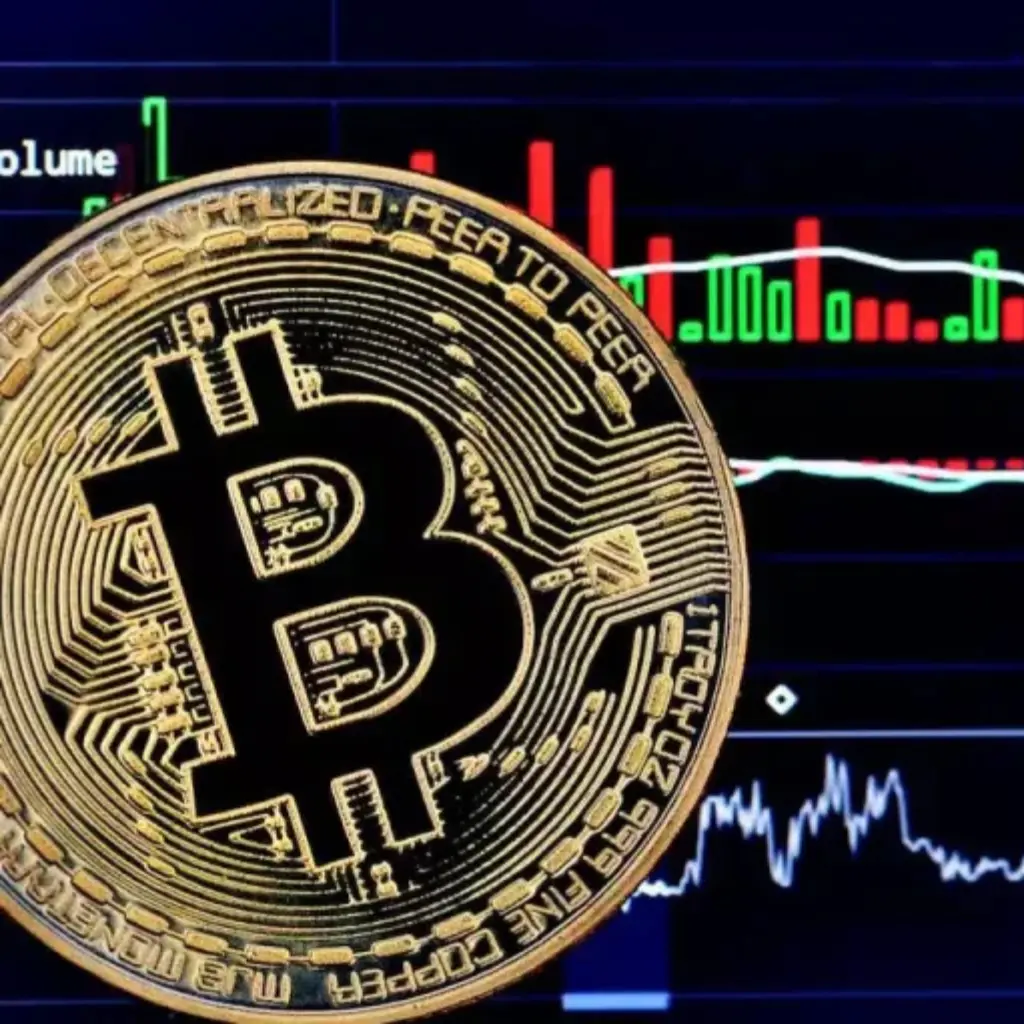Crypto Payment Explained: Lessons from El Salvador’s Bold Bitcoin Experiment
What El Salvador’s Bitcoin Bet Can Teach Us
When you think of crypto payments, it probably feels a bit abstract — something techies or finance nerds get excited about. But if you want crypto payment explained in the real world, look no further than El Salvador.
In 2021, this small Central American country made Bitcoin legal tender — yes, just like dollars. It was a world-first, bold move that suddenly turned the idea of buying a coffee with crypto from theory… into daily life.
So, what’s it actually like? Let’s dig in.
How Crypto Payment Works: The El Salvador Experience
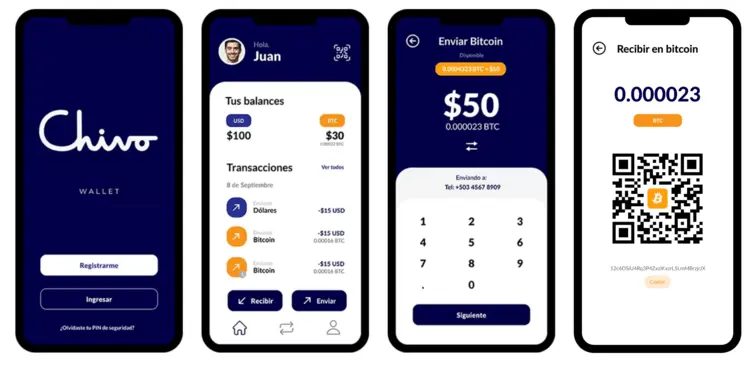
Imagine you’re strolling through San Salvador and craving a coffee. Instead of handing over cash, you pull out your phone, scan a QR code, and zap Bitcoin straight to the café’s wallet.
That’s the idea, anyway.
Crypto payment explained simply is about using digital coins like Bitcoin instead of traditional money. In El Salvador’s case, the government even launched an official app — Chivo Wallet — to make it easier for citizens to jump on board. Businesses were encouraged (and sometimes pressured) to accept Bitcoin, and users got a little bonus of Bitcoin just for signing up.
Behind the scenes? Each payment gets validated on the Bitcoin blockchain — a digital ledger that’s super secure (but not exactly lightning-fast during peak hours).
Some users love the simplicity. Others find it… a bit glitchy, depending on the day.
Why Crypto Payment Took Off — and Where It Struggled
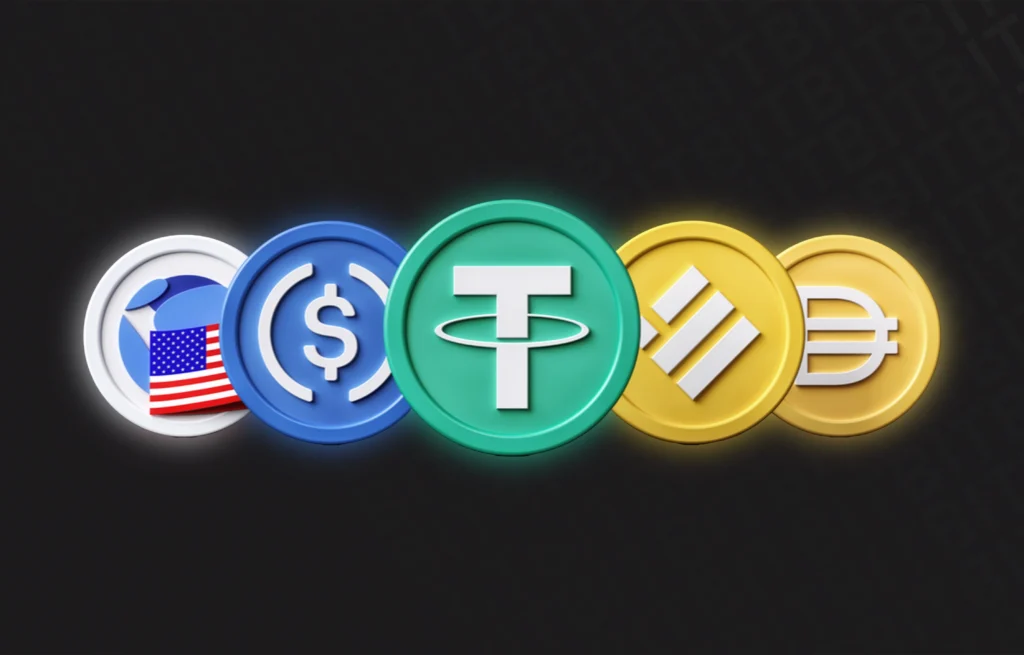
There’s no doubt: the idea of crypto payment is exciting. Especially in a country where a large chunk of the population didn’t even have bank accounts before.
Crypto offers:
- Financial access — people without traditional banking now have digital wallets.
- Lower fees — sending money home (remittances) became cheaper.
- Global potential — no need to exchange currency when doing business internationally.
But real life? It’s messier.
- Volatility: One day your Bitcoin buys you dinner for two; the next, maybe just a snack.
- Tech barriers: Many people needed smartphones and internet access — not a given everywhere.
- Trust issues: Some citizens remained suspicious of the new system… and who could blame them?
Crypto Payment Explained: Wins, Fails, and Lessons Learned
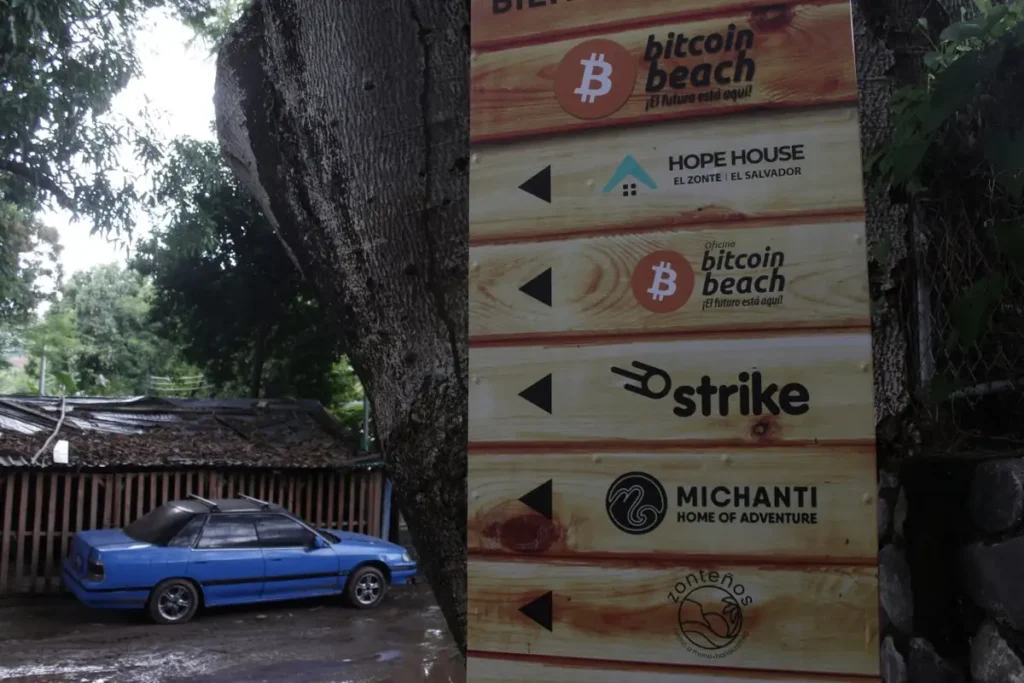
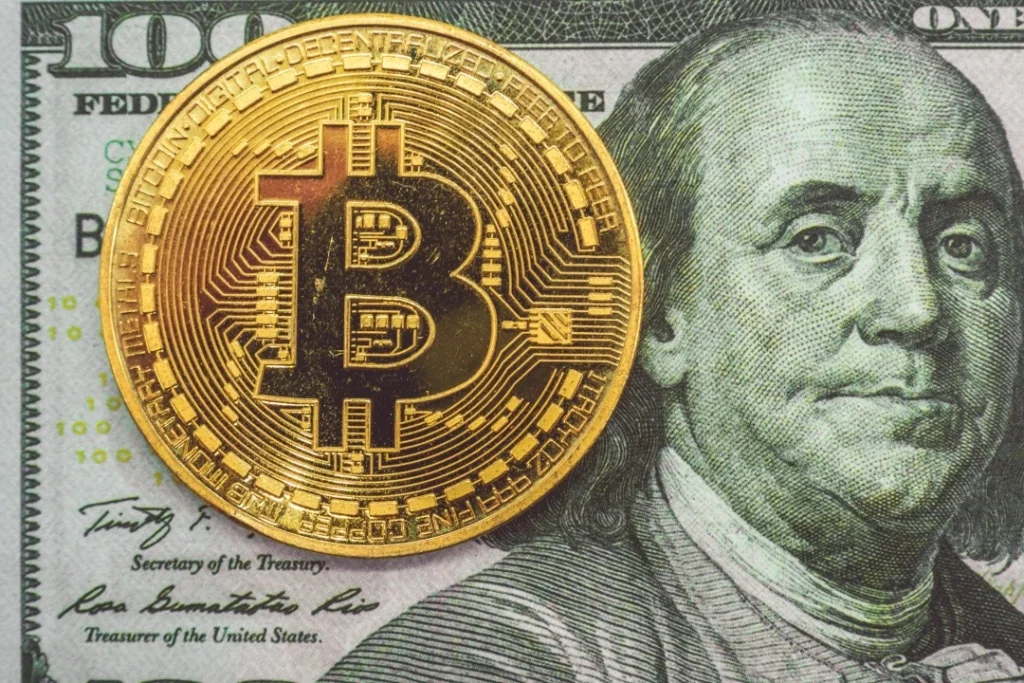
El Salvador’s Bitcoin experiment is, in many ways, a giant case study on what happens when crypto payment goes mainstream — fast.
Wins:
- Raised global interest and tourism (hello, Bitcoin Beach!).
- Encouraged innovation in fintech and digital services.
- Offered real financial inclusion for some communities.
Fails:
- Price crashes hit hard — if you got paid in Bitcoin and didn’t cash out quickly, you could lose big.
- Technical glitches with the Chivo app caused headaches.
- Skepticism remains, both locally and internationally.
It’s not black and white — it’s messy, complicated, and kinda fascinating.
The Future of Crypto Payments: Lessons Beyond El Salvador
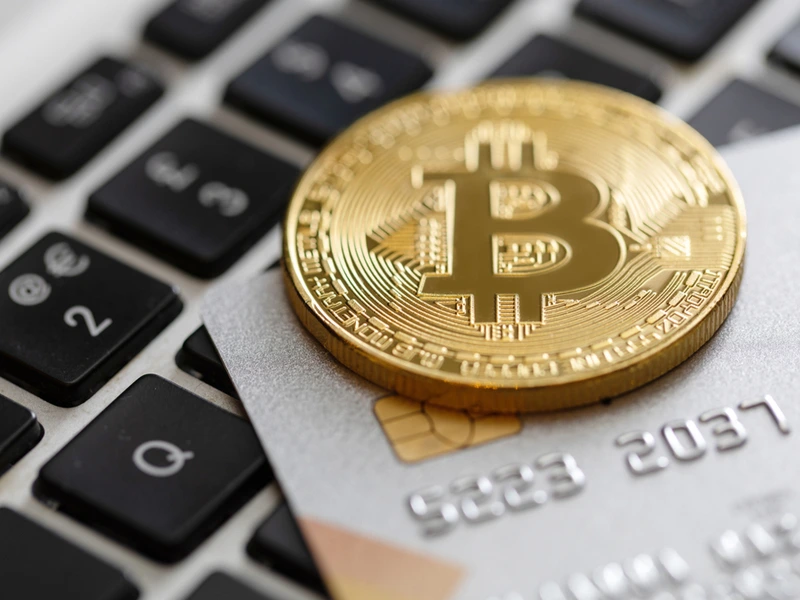
Whether El Salvador’s big gamble pays off long-term is still up in the air. (And yeah, that’s a huge question mark.)
But here’s what’s clear: the world is watching.
Other countries — especially those with shaky currencies or large numbers of unbanked citizens — are eyeing crypto payment as a possible solution. And companies everywhere are experimenting with ways to accept Bitcoin, Ethereum, and stablecoins more easily.
So if you’re wondering about crypto payment explained in a real-world sense, El Salvador’s story offers a crash course — full of highs, lows, and “let’s see what happens next” energy.
One thing’s for sure: crypto payments are no longer just a nerdy niche. They’re out there, in the wild… bumps, surprises, and all.
Relevent news: Here

